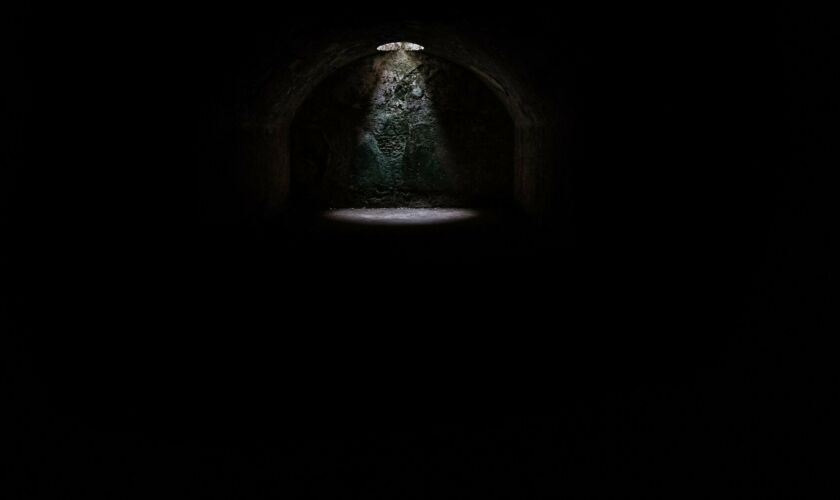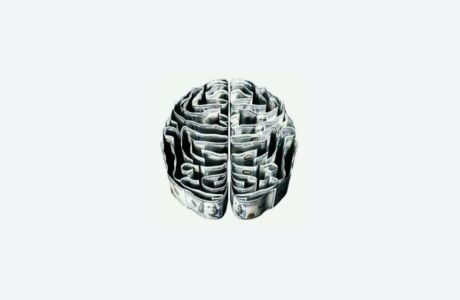Helping Young People Manage S.A.D. (Seasonal Affective Disorder)

As the nights draw in and the winter approaches, those who suffer from Seasonal Affective Disorder (SAD) particularly in relation to changing weather, begin to experience their symptoms. SAD is a type of depression linked to times of the year, and is most commonly associated with the approach of winter as we adjust to much longer periods of darkness and colder, wetter days. This is not necessarily the only time people experience symptoms of SAD, but is the most known among the general population.
For those suffering from SAD, the changing seasons can raise symptoms such as low mood and energy, disrupted sleep patterns, whether that be sleeping more or sleeping less, and a general feeling of sadness throughout their days. Suffers of SAD may not experience any other form of depression, and may not associate their symptoms with depression, in which case it is important for those around the individual to recognize their changing moods in order to put supports in place. People can experience SAD at any age, and it can develop in childhood or adulthood. Fortunately, there are things we can do to help those suffering, no matter their age.
Speaking with a GP would be the first step for anyone who is concerned about their mental health or that of another. A GP may offer talking therapy or medication and the advice of a healthcare professional must always be sought if there were concerns of a risk to life. Others who suffer from SAD in a milder form, may benefit from lift therapy. There are a range of different life therapies available and many that can be easily implemented in the home. White or blue lighting can be added to a bedroom, alarm clocks with light to create the feeling of waking up to the sun rising or specialist SAD lights can all be relatively cost effective solutions.
However, for young people, there are some additional things you can do to help and many are centred around the support of another. Establishing routines before the seasons change and maintaining these throughout the winter is particularly important. Implementing a structure around sleep that ensures the day would start as it would at any other time of the year allows young people the time to gain as much stimulation, movement and even food as they would during summer months. Encouraging them to get outside more is also important. If family habits dictate a hibernation type approach to winter, this could be contributing to a young person's SAD. Try to get out once a day and ensure the young person doesn’t feel like life is on hold through the winter just because the weather is less desirable. For younger children, playing in the rain or snow, bundling up for adventures in the woods or taking long walks to see what signs of autumn you can see for example, will all contribute to the sense of normality during this time.
The main takeaway from this article for those supporting young people with SAD is to encourage them to talk, check in with them. Maintain structure and routine so daily life is not determined by the poor weather and invest in a form of home-based light therapy, whatever kind you feel they would respond best to.
More articles
Go to the blog



















